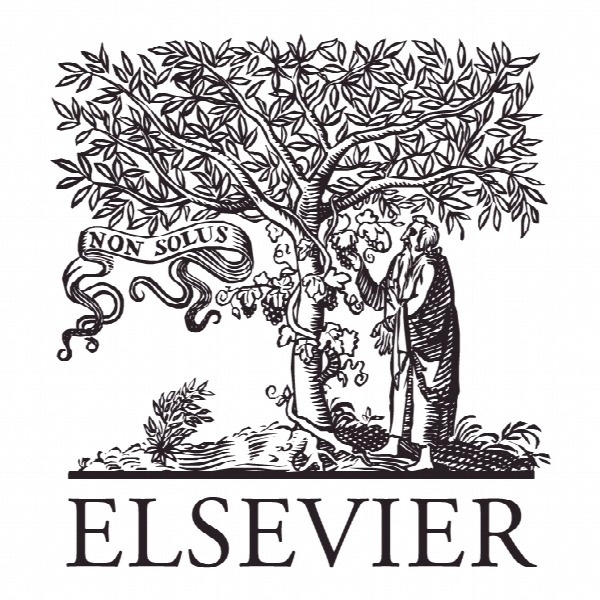فاصله ذهنی و روانی و مالکیت در تملک: جهت گیری مسائل Psychic distance and ownership in acquisitions: Direction matters
- نوع فایل : کتاب
- زبان : انگلیسی
- ناشر : Elsevier
- چاپ و سال / کشور: 2017
توضیحات
رشته های مرتبط مدیریت
مجله مدیریت بین الملل – Journal of International Management
دانشگاه دانشکده کسب و کار Bissett، سلطنتی mount کانادا
نشریه نشریه الزویر
مجله مدیریت بین الملل – Journal of International Management
دانشگاه دانشکده کسب و کار Bissett، سلطنتی mount کانادا
نشریه نشریه الزویر
Description
1. Introduction In 2014, MNEs from emerging economies (EMNEs) were responsible for 39% of global foreign direct investment (FDI) outflows (i.e. $553 billion), compared to only 12% at the start of the 21st century (UNCTAD, 2014). Despite this tremendous growth, much of what we know about the internationalization of MNEs (e.g. entry mode and ownership structure) stems from theoretical and empirical studies performed on multinational enterprises from developed countries (DMNEs) (Ramamurti, 2012). Through research on DMNEs, three theoretical strands of research help predict how firms will internationalize under the influence of distance. First, transaction cost economics suggests that firms entering distant host markets will choose lower commitments due to both external uncertainty (volatility of the host environment) and internal uncertainty (the firm’s perceived inability to operate in such environments) (Zhao et al., 2004). Second, the resource based view tells us that firms may seek out partial ownership if they have intermediate levels of knowledge of the local market (Erramilli, 1991). Third, the Uppsala model (Johanson and Vahlne, 1977) suggests that firms will incrementally internationalize before engaging in FDI in uncertain and distant environments, in order to gain the knowledge (i.e. experience) required to enter those markets. Given that these findings are based on research performed on MNEs from developed countries, this paper calls into question the applicability of these theoretical findings toEMNEs, as other recent research has done (e.g. Cuervo-Cazurra, 2012; Gammeltoft et al., 2010; Guillen and Garcia-Canal, 2009; Hennart, 2012; Narula, 2012; Ramamurti, 2012). Cuervo-Cazurra (2012) and Gammeltoft et al. (2010) argue that researchers are divided on the applicability of current theories to EMNEs. Some researchers consider EMNEs as a relevant stream of research that requires new theories (e.g. Hennart, 2012; Mathews, 2006), while others argue that previous theories still stand (e.g. Rugman, 2009) but that the study of EMNEs may help to extend current theories (e.g. Cuervo-Cazurra, 2012). Our interests lie within the argument that current theories can be further explored by considering the moderating effect of both the MNE’s home and host country (of investment) on ownership decisions, specifically when employing an acquisition entry mode. As we are interested in differences between EMNEs and DMNEs, we side with researchers who call for the theoretical incorporation of direction when using the concept of distance (e.g. Ambos and Håkanson, 2014; Håkanson and Ambos, 2010; Hernández and Nieto, 2015; Shenkar, 2001; Yildiz, 2014; Zaheer et al., 2012). As such, our research begins with the theoretical and empirical findings on the influence of distance on acquisition ownership decisions, and follows with an investigation of the influence of home and host countries (i.e. either emerging or developed countries) on this process, to incorporate direction.


